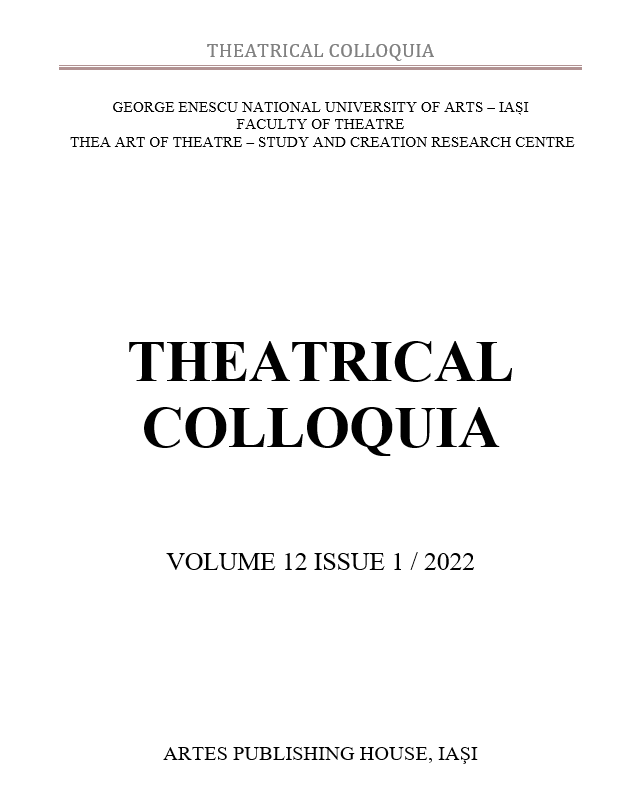The Metamorphoses of Drama Pedagogy in European Arts High Education Institutions Between Constraint and Initiative
The Metamorphoses of Drama Pedagogy in European Arts High Education Institutions Between Constraint and Initiative
Author(s): Raluca ZahariaSubject(s): Theatre, Dance, Performing Arts, Fine Arts / Performing Arts, Higher Education , Pedagogy
Published by: Editura ARTES
Keywords: drama pedagog;, higher education; research; Eastern Europe; Western Europe;
Summary/Abstract: In recent decades, the professional and artistic training of the emerging actor in the European area has required significant adjustments. Drama schools in Europe have had to respond positively to the introduction of the Bologna system, whose initial aim was to homogenize the university curriculum at European level. But we must keep in mind that these aspects are the outcome of intense transmutations of an evolving society. Under these circumstances, today's actor is no longer just a drama performer. The concept of his performance, be it artistic, is present in many fields of activity. The show is everywhere; it went out of the theater hall to be present in the street, at rock concerts, at fashion shows, at all type of events, including sports. Today’s actor is asked to perform in theater halls, but also in cinemas, or media, to get acquainted with new technologies. From this perspective, should drama schools train actors for all these fields or only for drama? Should there be a separate training for each of these categories or the initial, basic drama training responds to the new skills required of the young actor? At European level, there is a need for pedagogical cooperation in arts high education. Drama schools strive to expand their teaching methods panel, trying to facilitate the coexistence of Stanslavskian methods with the artistic practices of Brecht, Grotowski, Eugenio Barba. The phenomenon itself is accelerated by the development of international trade. Of course, there are international festivals and events that allow drama schools to present their creations, research in the field of drama pedagogy and to give students-actors of different nationalities the knowledge of various artistic traditions. Today, exchanges of students and teachers take place regularly within the European Erasmus + program. Whether we are referring to Western Europe or Eastern Europe, we find that the rapid evolution of society is naturally reflected in the emergence of new drama forms. This makes the mission of drama schools difficult. It seems complicated, but it may not be impossible to predict the type of artistic training that an emerging actor should receive in an arts high education institution. Moreover, the clear boundaries between the various fields are fading. Contemporary artists like to explore territories bordering the artistic fields, using different methods and techniques, and multidisciplinary is a predominant feature of our era. The educational institutions that train future actors prove difficulties to change their curriculum taking into account the rapid metamorphosis of reality. Could interdisciplinary intervene in this context as an alternative solution that brings together both defining and specific aspects of arts pedagogy? The answer could be affirmative provided that it represents an opening and it is understood as a means of integrating and sustaining the dynamics of each field of activity taught for the training of the future actor.
Journal: Colocvii teatrale
- Issue Year: 12/2022
- Issue No: 1
- Page Range: 156-166
- Page Count: 11
- Language: English

